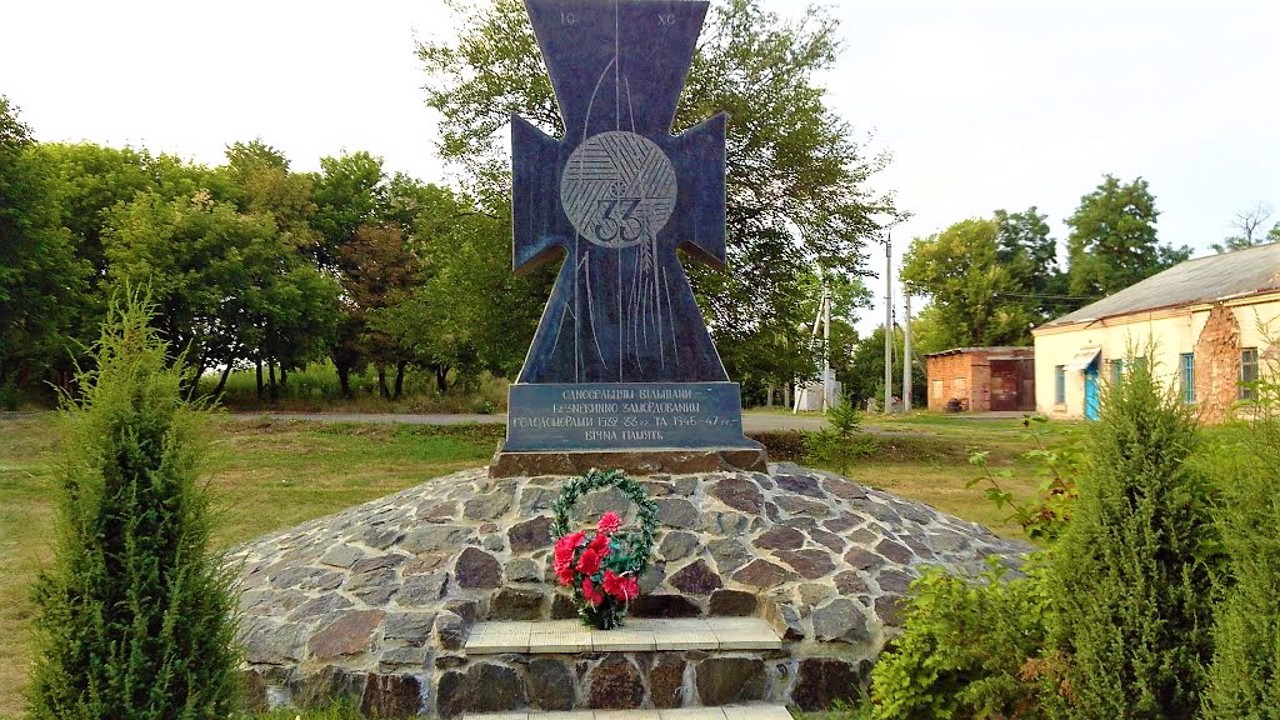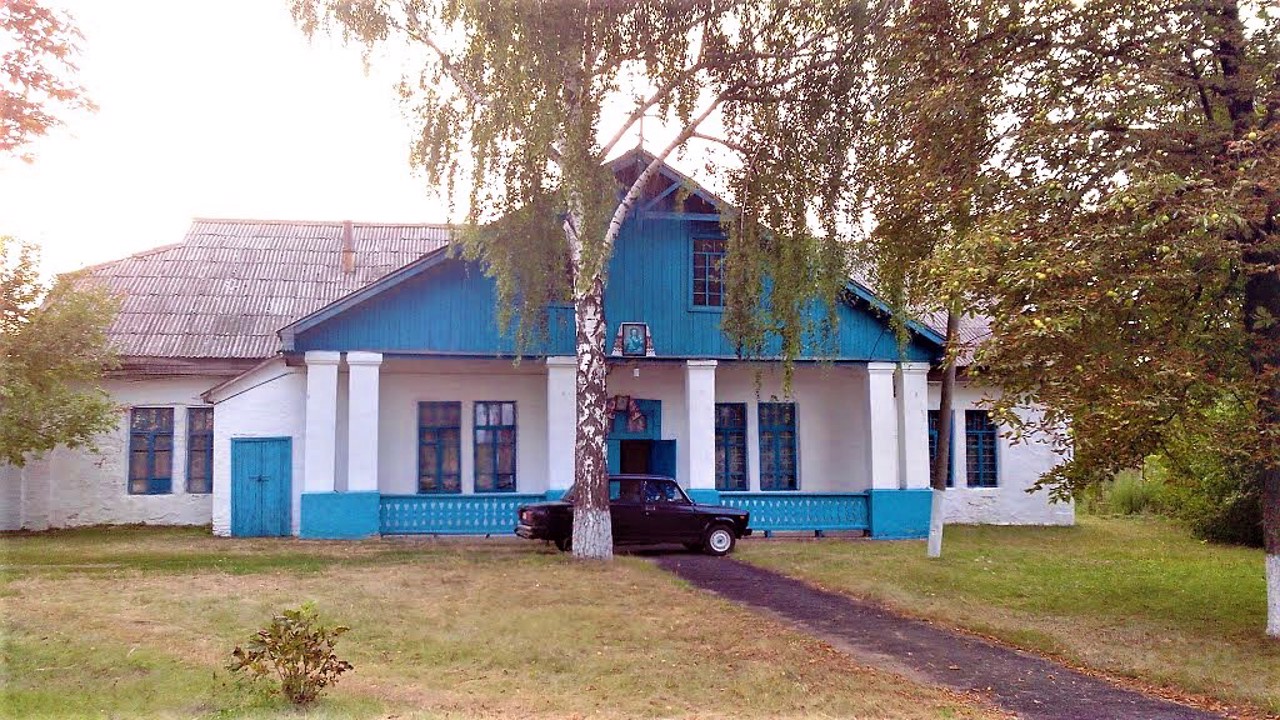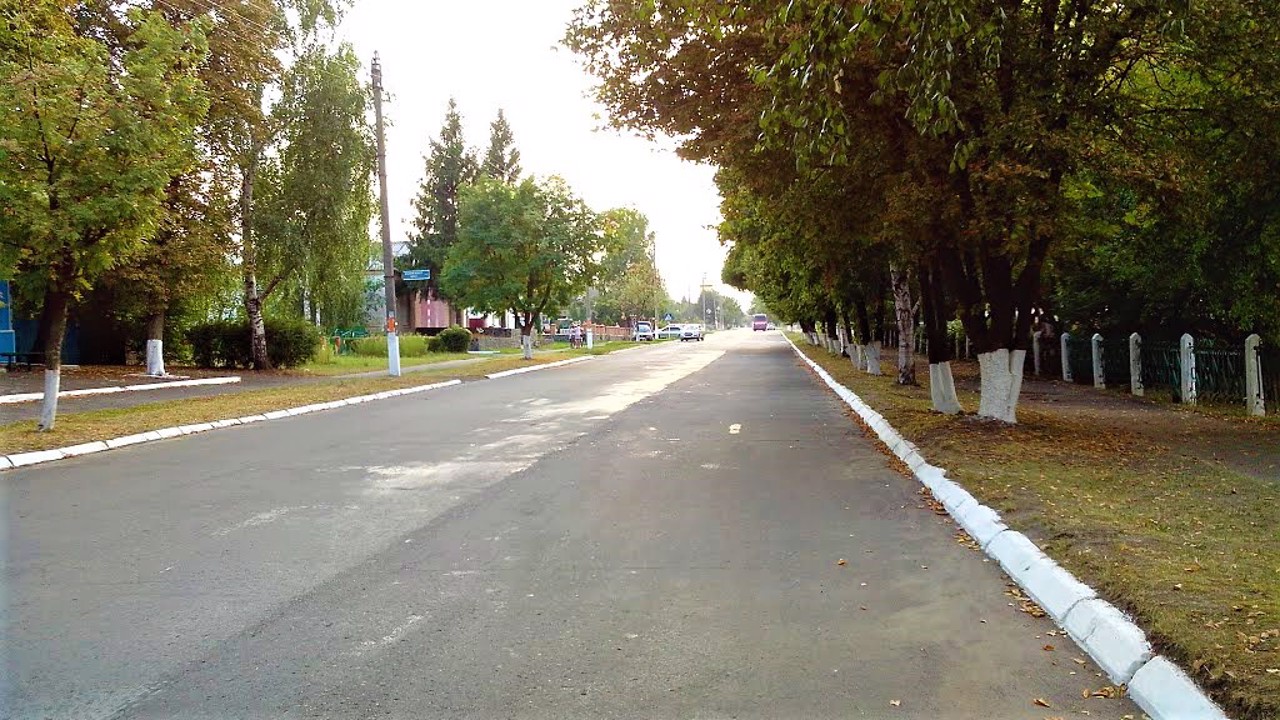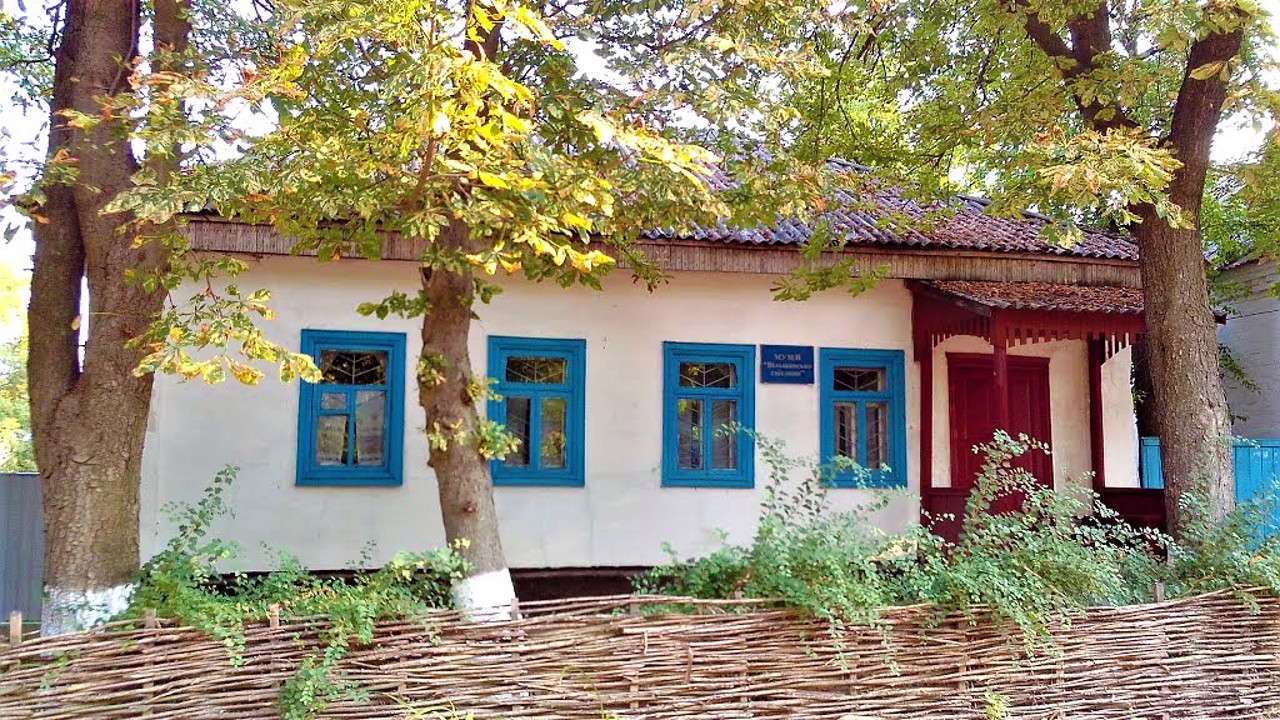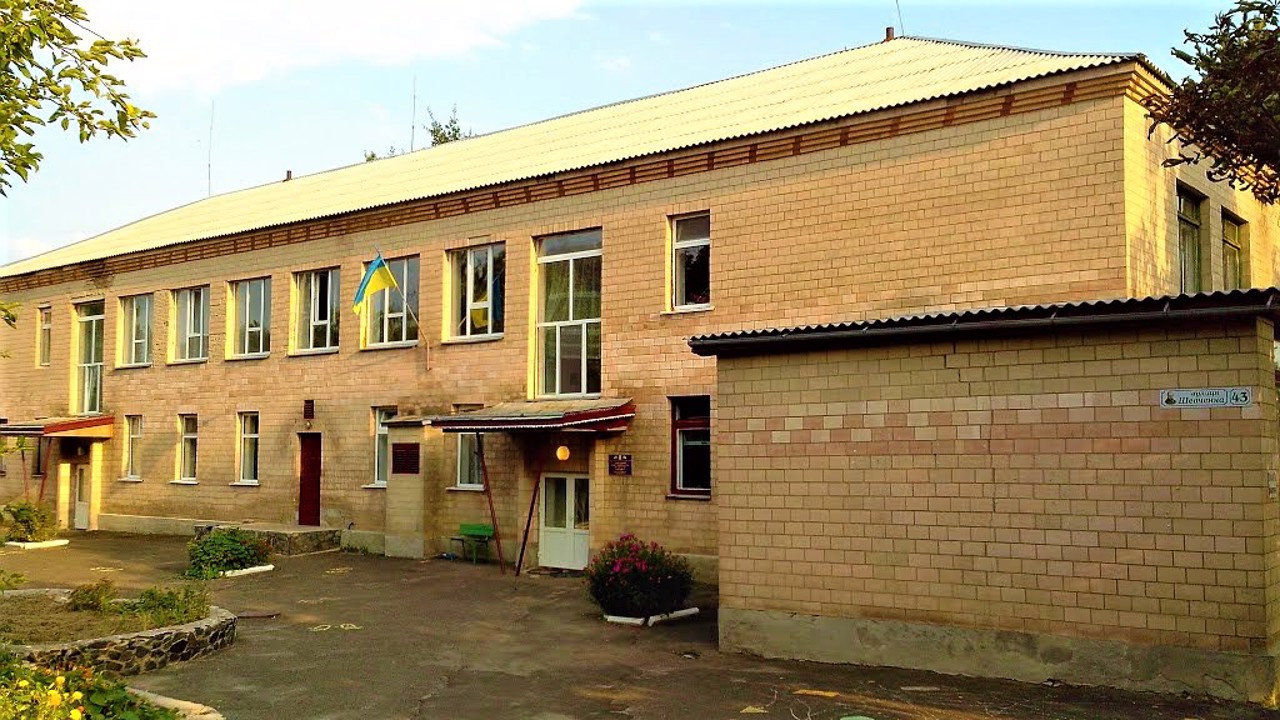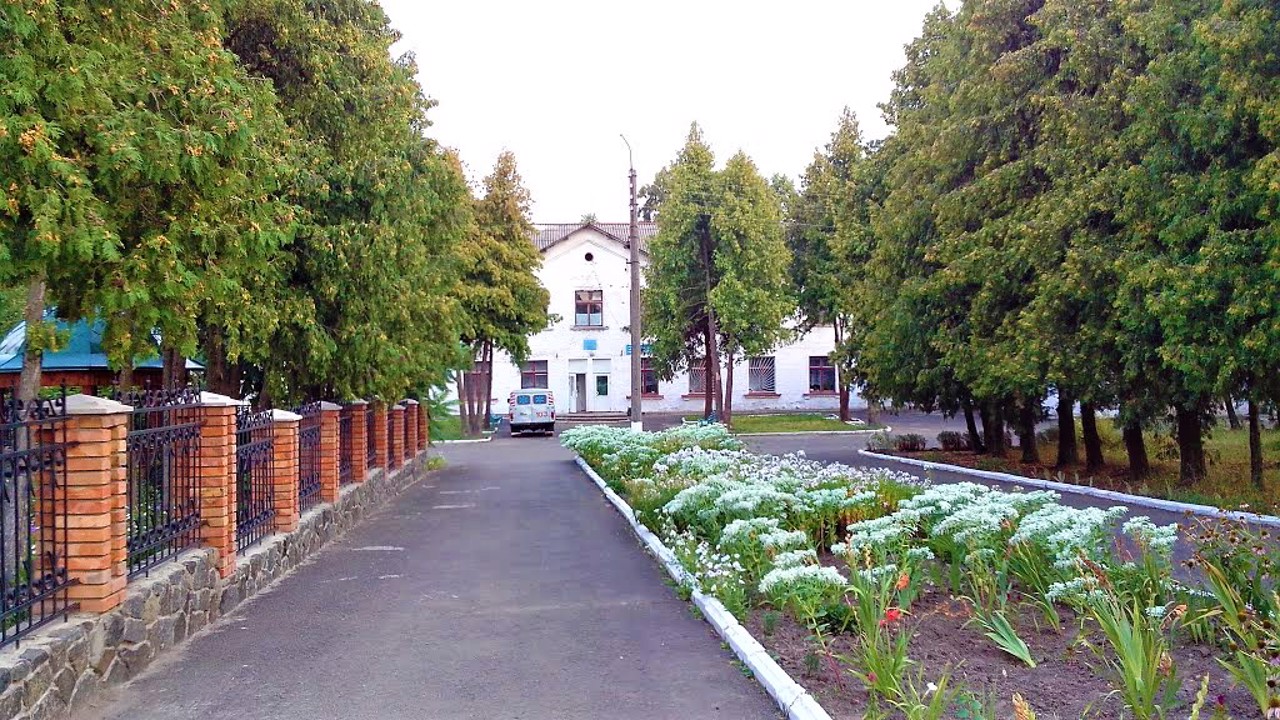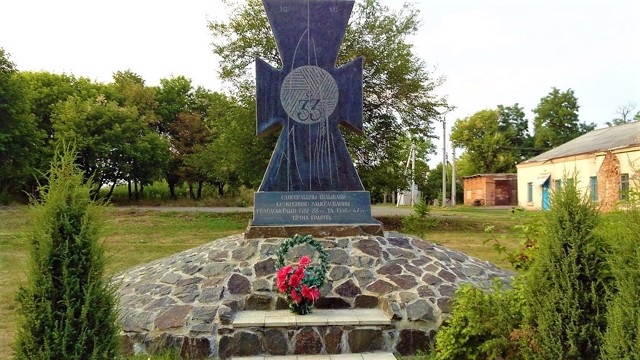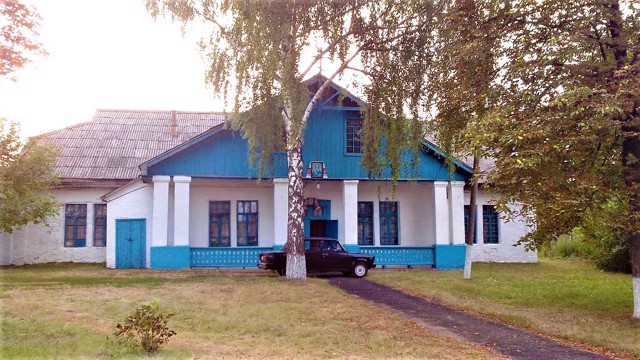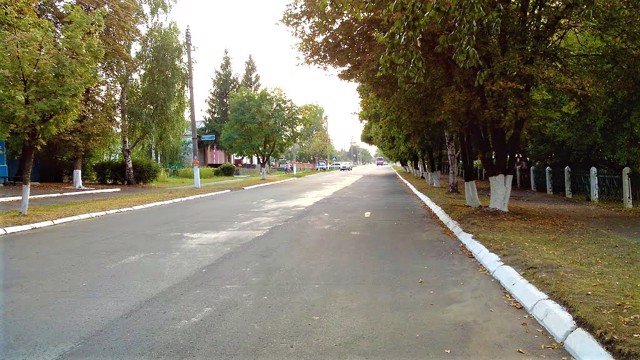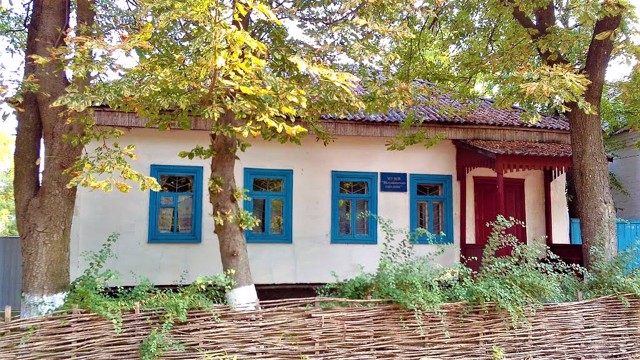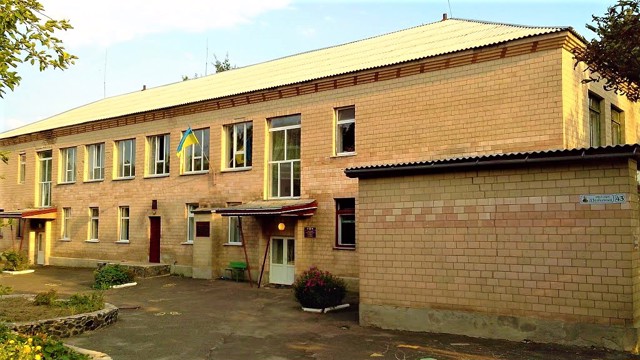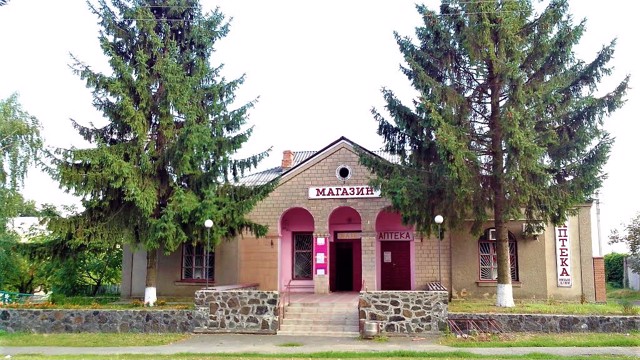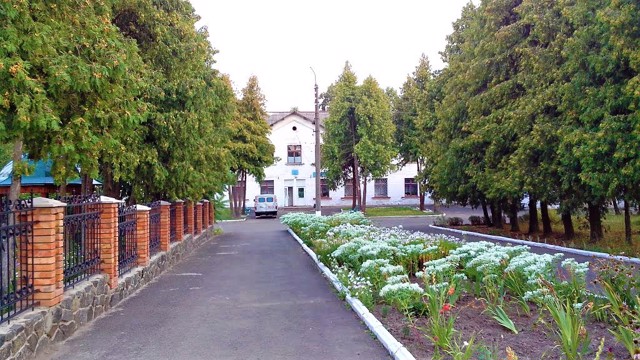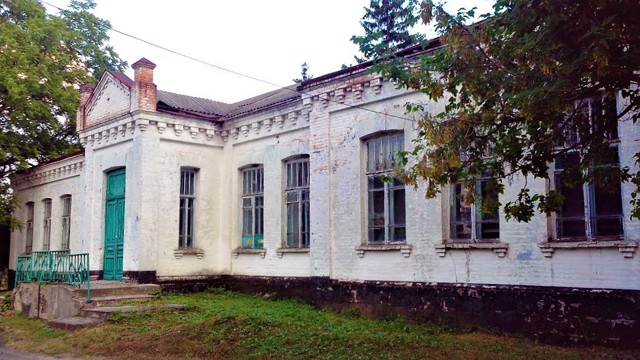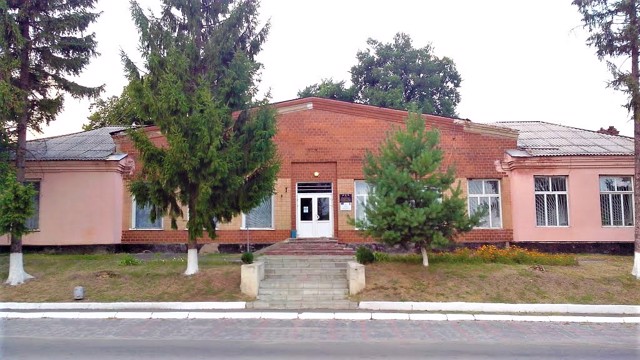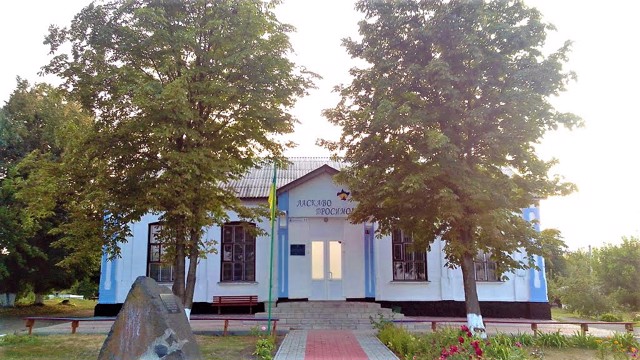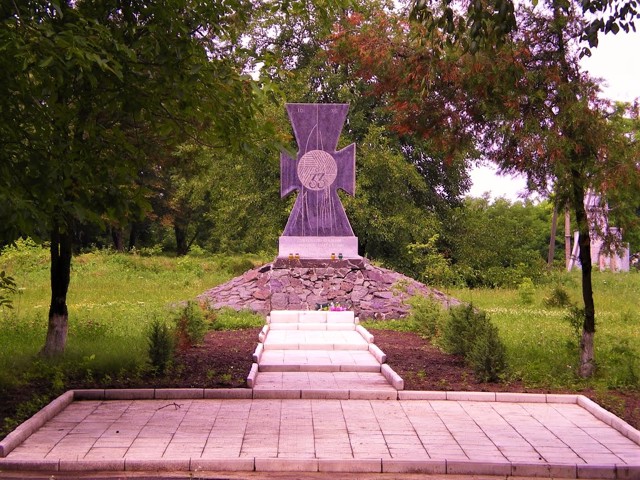Functional temporarily unavailable
General information about Vilshana
The large village of Vilshana on the Vilshanka River is located 20 kilometers west of Horodyshche.
It was mentioned in documents for the first time in 1598, although even during the time of Yaroslav the Wise there was a guard post of Olshanin ostrozhek. On the maps of the French engineer Guillaume de Beauplan in 1650, Vilshana is indicated as a large fortified settlement. During the War of Liberation under the leadership of Bohdan Khmelnytskyi, it was a hundred-year-old town subordinate to the regimental town of Korsun. After the war, Vilshana remained under the rule of the Polish-Lithuanian Commonwealth.
Later, Prince Hryhoriy Potemkin became its owner, after whose death these lands became the property ...
The large village of Vilshana on the Vilshanka River is located 20 kilometers west of Horodyshche.
It was mentioned in documents for the first time in 1598, although even during the time of Yaroslav the Wise there was a guard post of Olshanin ostrozhek. On the maps of the French engineer Guillaume de Beauplan in 1650, Vilshana is indicated as a large fortified settlement. During the War of Liberation under the leadership of Bohdan Khmelnytskyi, it was a hundred-year-old town subordinate to the regimental town of Korsun. After the war, Vilshana remained under the rule of the Polish-Lithuanian Commonwealth.
Later, Prince Hryhoriy Potemkin became its owner, after whose death these lands became the property of Vasyl Enhelhardt, and then his son Pavlo Enhelhardt. Here was their main estate. The palace of the Enhelhardts has not been preserved, a memorial sign has been installed in its place, which indicates that Taras Shevchenko served as a serf in this building. The artist Ivan Soshenko, who contributed to the redemption of Shevchenko from serfdom, visited Vilshan several times. The last owners of the village were the landowners Branytskyi.
Today, Vilshana is an economically and culturally developed village.
Велике селище Вільшана на річці Вільшанка розташоване в 20 кілометрах на захід від Городища.
В документах вперше згадується в 1598 році, хоча ще за часів Ярослава Мудрого тут існував сторожовий пост Ольшанін острожек. На картах французького інженера Гійома де Боплана в 1650 році Вільшана зазначена як велике укріплене поселення. Під час Визвольної війни під проводом Богдана Хмельницького це було сотенне містечко, підпорядковане полковому місту Корсунь. Після війни Вільшана залишилася під владою Речі Посполитої.
Згодом її власником став князь Григорій Потьомкін, після смерті якого ці землі перейшли у власність Василя Енгельгардта, а потім його сина Павла Енгельгардта. Тут була їхня головна садиба. Палац Ен ...
Велике селище Вільшана на річці Вільшанка розташоване в 20 кілометрах на захід від Городища.
В документах вперше згадується в 1598 році, хоча ще за часів Ярослава Мудрого тут існував сторожовий пост Ольшанін острожек. На картах французького інженера Гійома де Боплана в 1650 році Вільшана зазначена як велике укріплене поселення. Під час Визвольної війни під проводом Богдана Хмельницького це було сотенне містечко, підпорядковане полковому місту Корсунь. Після війни Вільшана залишилася під владою Речі Посполитої.
Згодом її власником став князь Григорій Потьомкін, після смерті якого ці землі перейшли у власність Василя Енгельгардта, а потім його сина Павла Енгельгардта. Тут була їхня головна садиба. Палац Енгельгардтів не зберігся, на його місці встановлено пам'ятний знак, який свідчить про те, що в цьому будинку служив кріпаком Тарас Шевченко. У Вільшані неодноразово бував художник Іван Сошенко, який сприяв викупу Шевченка з кріпацтва. Останніми власниками села були поміщики Браницькі.
Сьогодні Вільшана - економічно та культурно розвинене селище.
Сплануй своє перебування у Vilshana
What to see and where to go in Vilshana
Tourist attractions and museums of Vilshana
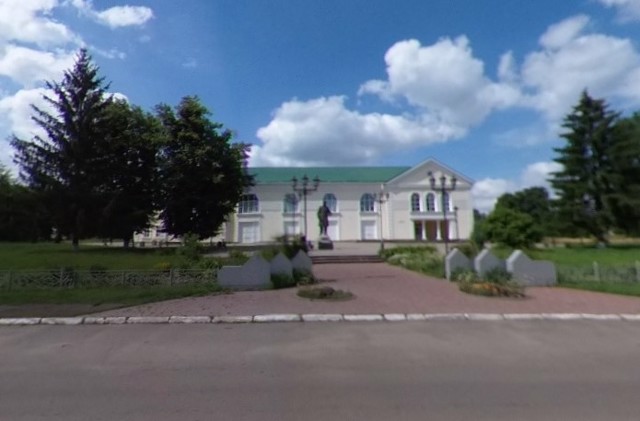
Vilshana Village History Museum
Museum / gallery
The Museum of History of Village Vilshana is located in the premises of the House of Culture.
The museum exposition tells about the history of the village and famous personalities whose life path is connected with Vilshana - these are Maksym Kryvonos, Taras Shevchenko, and the Klitschko brothers, whose grandfather - Rodion Klitschko - hails from Vilshana.
In the museum, household items of ancient times are widely represented: rubles and rocking chairs, zhlyukto and bodnia, makitras and kopistiks, bowls on a bowl, a carved yoke and a whip, the first irons and calculators.
No less interesting are photographs of Vilshana from the end of the 19th century, portraits of residents of Vilshana in colorful Ukrainian costumes.
Reviews Vilshana
Geographical information about Vilshana
| {{itemKey}} | {{itemValue}} |
|---|---|
| Region |
Cherkasy |
